College athletic directors will meet this week in Orlando for the annual NACDA (National Association of Collegiate Directors of Athletics) convention, with the approved House settlement being the main topic of discussion. There’s plenty of questions left to be answered, and not a lot of time to figure them out, as payments to players begin July 1st.
But, piecing this all together is going to be a tall task, for the time being.
Now that players are set to start being paid by the schools themselves, this is going to lead to athletic departments having to make a number of tough decisions about how they will afford this new venture.
How in the world does everyone stay on a level playing field moving forward? That was the intention of the House settlement, right?
No, this is going to get very murky, quickly. While the conversations around how these schools will afford to pay these players have been ongoing for upwards of two years, reality has set in for athletic directors across the country.
To pay for these new salaries, schools will use money generated from ticket sales, media rights, concessions and any other type of revenue that comes from sports on campus. Yes, this even means your ticket prices will increase if you haven’t already seen it. Some schools have already implemented a ‘talent fee’ for each ticket purchased by fans, but that will most likely increase over time.
The biggest question coming off the approval from Judge Claudia Wilken doesn’t center around the monetary gains from athletes. No, plenty of administrators are wondering when the next lawsuit will be filed, with some type of grievance from the settlement being used as the vocal point of litigation.
How Will Future NIL Deals Work For Athletes? It’s Complicated
At the center of this new era in college athletics is the $20.5 million being the revenue starting-point for schools to spread out between different sports on-campus. Most ADs are going to upset athletes who participate in non-revenue-generating sports, simply because football and basketball are paying the bills.
How much will the softball or track and field team make next season? Not much, if it doesn’t come from outside NIL deals from companies willing to spend money on sports that don’t garner the same type of viewers as football or basketball.
The main point of concern is teams putting together NIL deals for players that carry a name that is big enough for a company to see a return on investment. The fact is, most athletes aren’t known outside the campus boundaries, or within the fan base.
And now, each NIL deal that is over $600 will have to be presented to a clearinghouse that will determine whether it’s legitimate or not.
“How are they going to say one deal is different from the other,” one athletic director pointed out to OutKick. So, every time our school or a third party has an idea for a partnership that exceeds $600, we’re at the mercy of this system that will determine if it’s legit. What happens when an athlete decides not to disclose their ‘NIL’ deal with the clearinghouse, and just pockets the money from a booster?
“These are the types of scenarios that will present themselves in the short term. We have no idea how the system is going to work, and you’re going to have players get their deals rejected. This will only lead to further lawsuits. This will be a non-stop problem in the first year. But, we have to find ways to raise more money, as well. The high-profile schools aren’t just spending $14 to $16 million that rev-share allows. If we want to keep up, there has to be an influx of money, and we’re just talking about one year.”
This athletic director isn’t wrong. While plenty of people want to act as if this settlement will not lead to the ‘old days’ returning, my question is, how can it not? If a school agreed to a $3 million contract with the star receiver, but can only pay half of the deal because of the revenue-sharing cap, you think that player is going to take a cut?
Heck no, they want what was agreed upon, and the minute one NIL deal is denied, there will be further litigation. According to the College Sports Commission, if a deal is denied, both parties can enter ‘neutral arbitration’ that starts with an appeal.
Over Revenue-Sharing Within Athletic Departments
One of the biggest problems that will come from this settlement centers around how much money each program will get from the $20.5 million.
If the football team is going to get 75% of the allowed $20.5 million, that doesn’t leave a lot for the other athletic programs on each campus. Let’s just say the basketball team gets 15%. That leaves just 10% for softball, soccer, Olympic sports, volleyball and even baseball.
This is where it gets tricky for some powerful schools. There will be plenty of athletic departments that decide to give the baseball or basketball program a bigger share. The schools that don’t have a football program are going to reap the benefits of the settlement, and could put 75% towards the basketball team. Well, that will certainly lead to some programs being able to afford to put together a more powerful team on the court, compared to the school only setting aside $3 million.
See where I’m going here?
It’s going to cost more than the allotted rev-share if schools want to compete for national titles.
There are going to be plenty of arguments within the same athletic department regarding how much money is allocated to each sport, and it will get contentious.
“It’s really going to be a sh-t show moving forward,” a Big Ten AD told OutKick. What’s that saying, ‘Winter Is Coming’? I’ve already had coaches from the softball and baseball programs telling me how much they need to compete with other schools, with the transfer portal open. But, we just don’t have that much money lying around to give them what they need at the moment, just to keep up with another program who decided baseball is more important than basketball. We’re trying to find it though.
“Thank goodness our school has a good accountant, because my phone hasn’t stopped blowing up from coaches who feel as though they’ll be left out. And, I don’t blame them for harping on me for money, because this is our new reality. It’s going to be a fight.”
As the athletic directors from a variety of schools meet this week in Orlando, plenty of them are going to have to put their guards down. If college athletics are going to get this right, they had better start sharing some ideas, without giving away confidential trade secrets.
We are three weeks away from schools paying athletes directly. So, the clock is ticking on how AD’s make this work, knowing they’re going to upset a lot of people around college campuses across the country.
Game on.



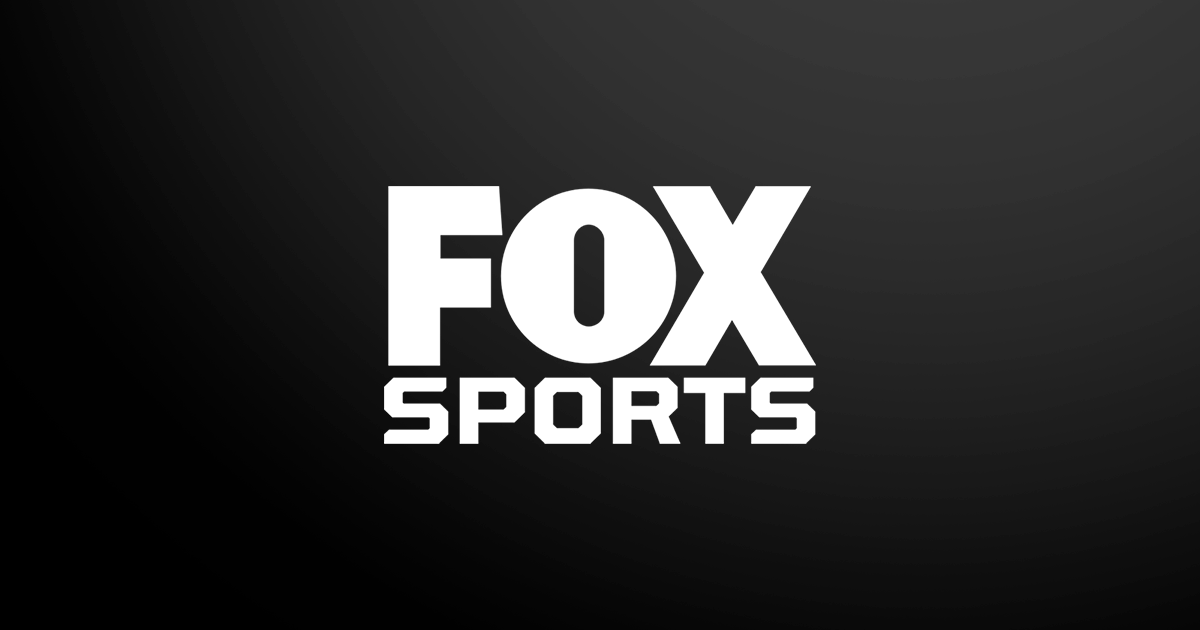
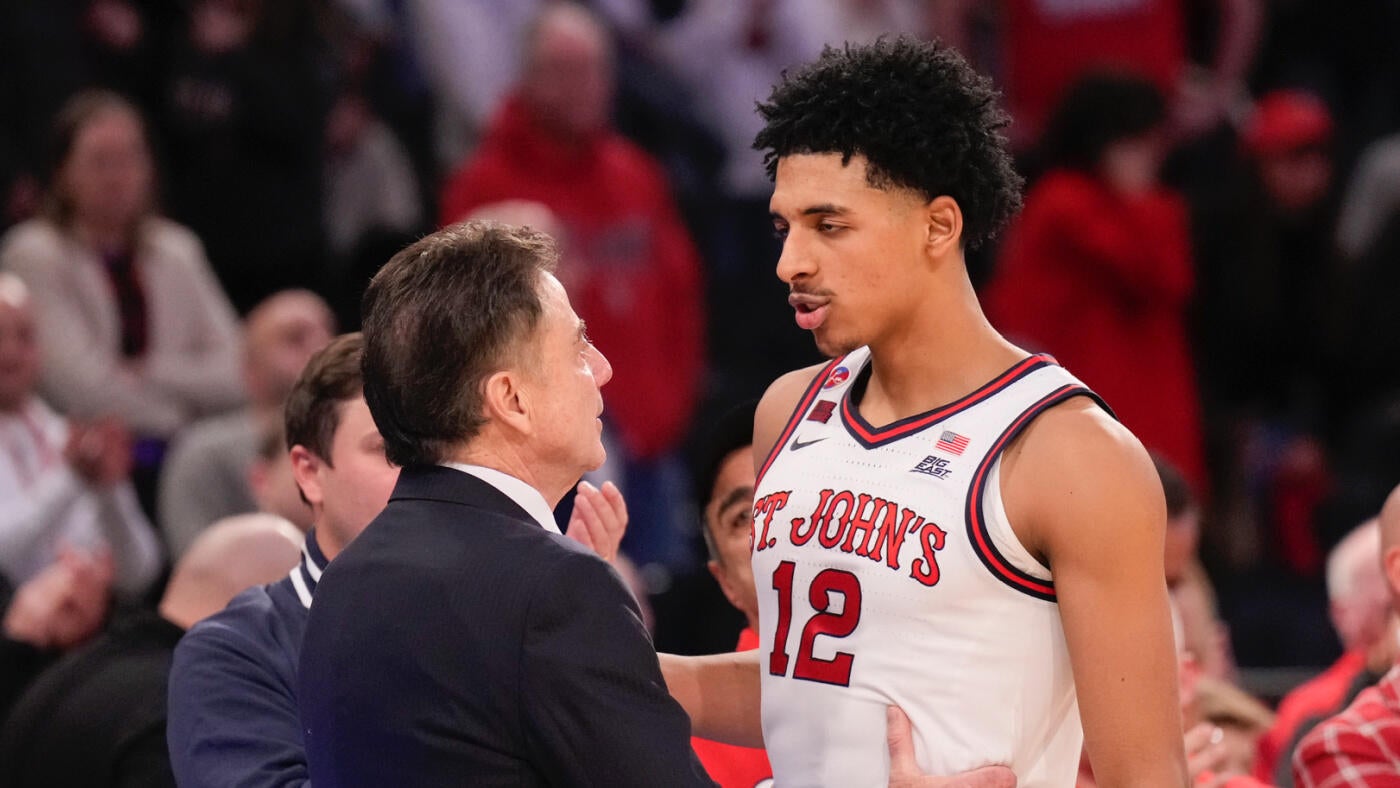
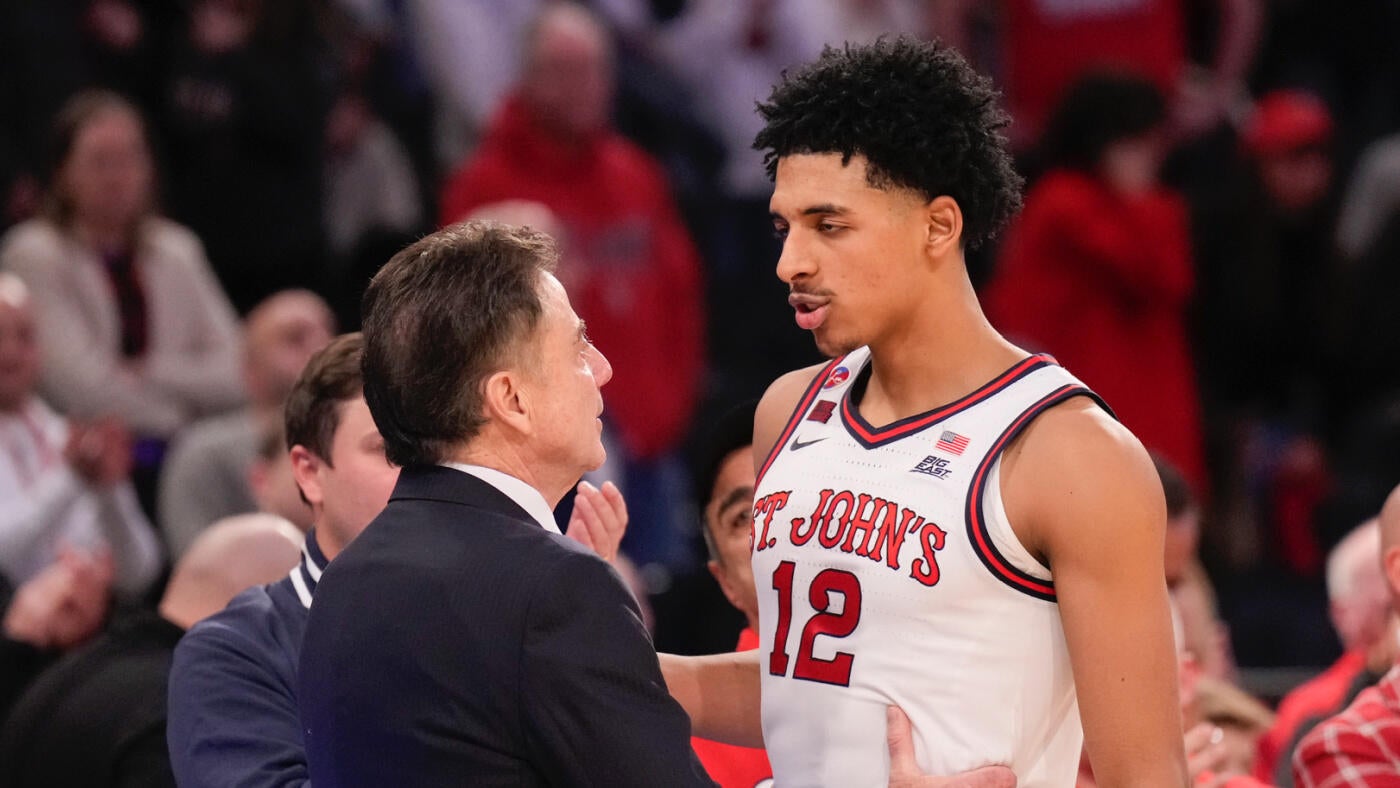
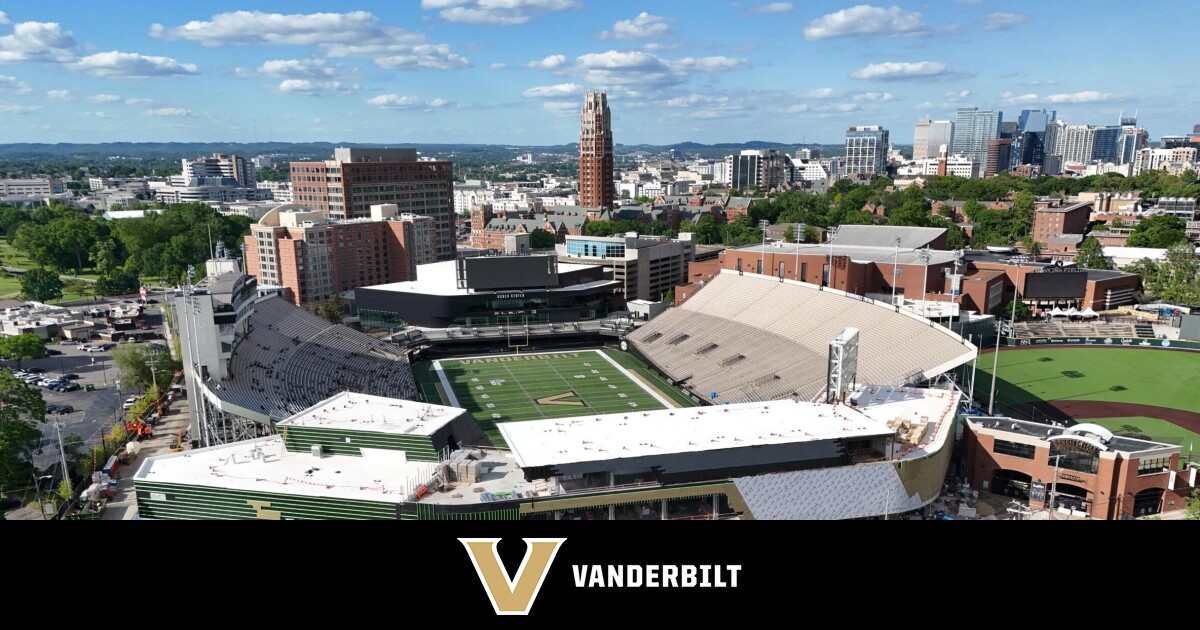

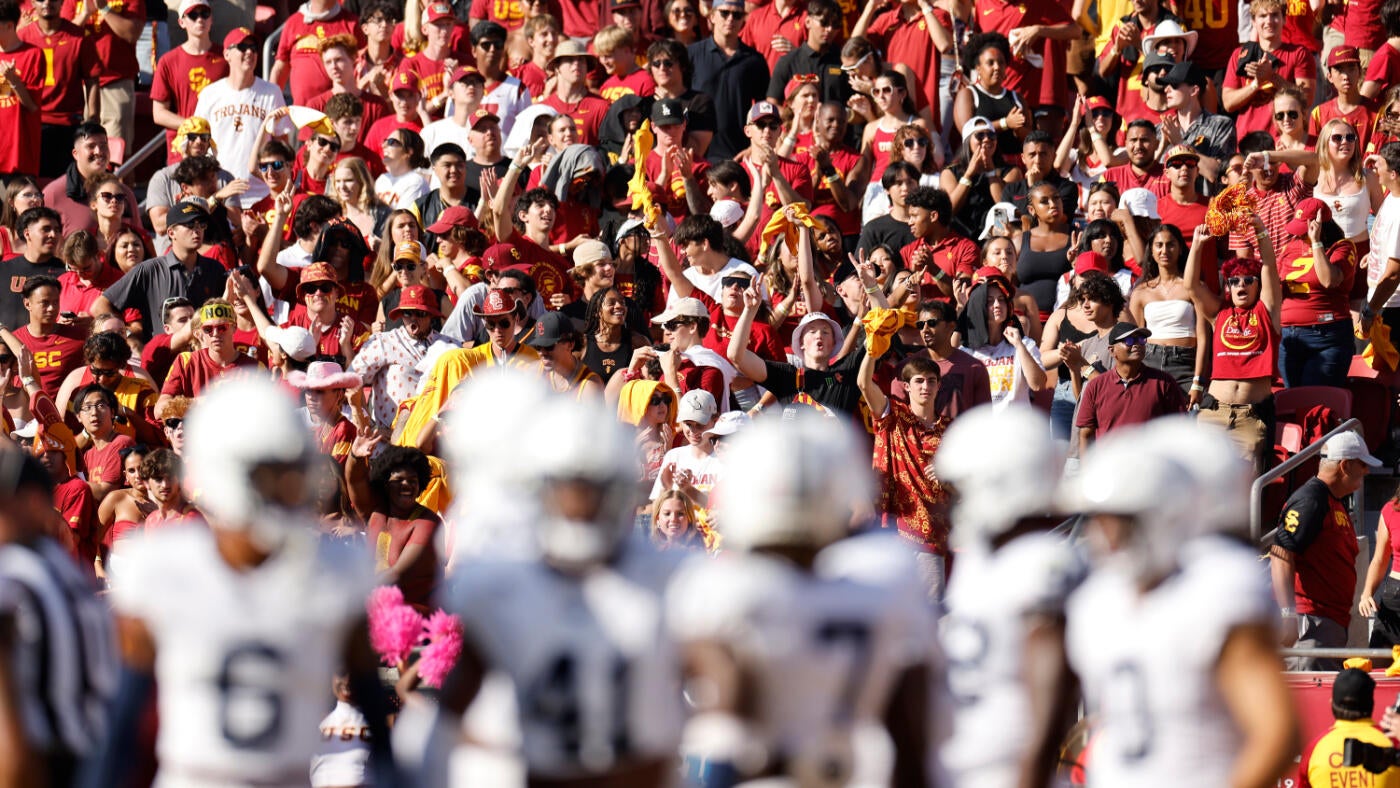
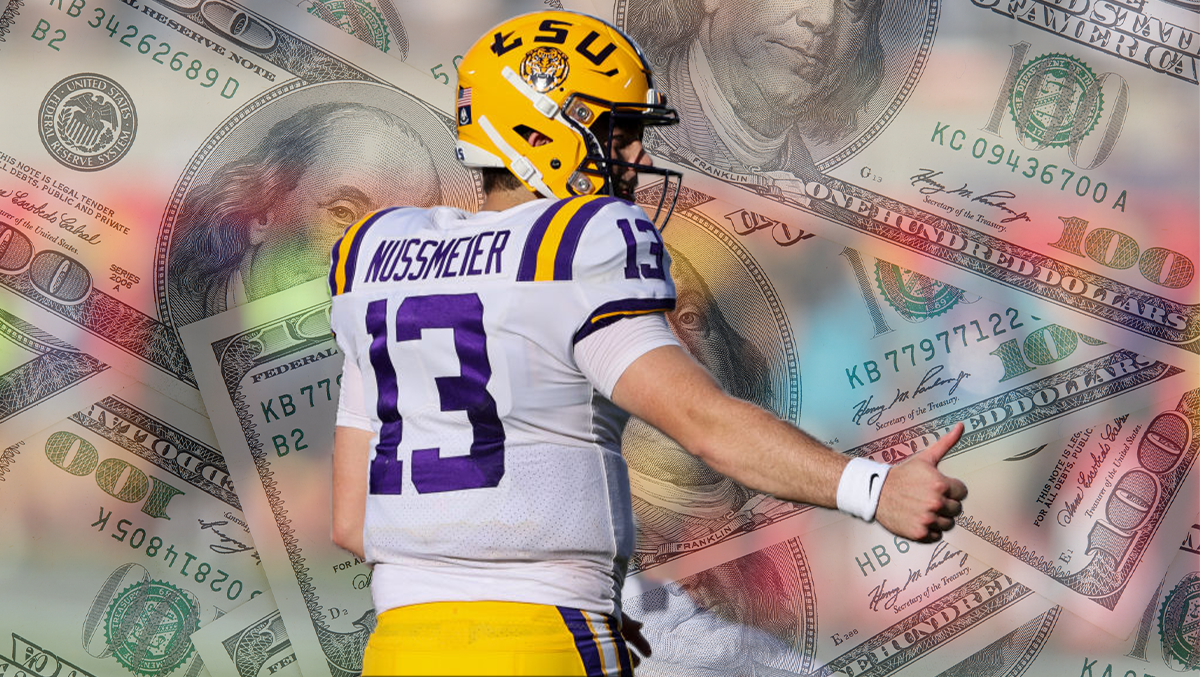
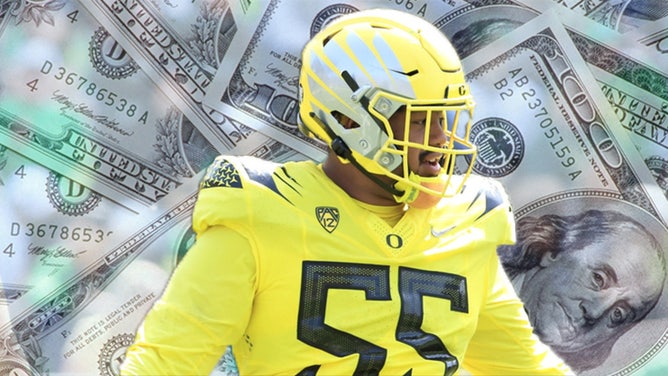




 ‘TAKE ADVANTAGE!’ | Get Up
‘TAKE ADVANTAGE!’ | Get Up



















 STEPHEN A. CALLS OUT LEBRON for Giannis and NBA eras comments
STEPHEN A. CALLS OUT LEBRON for Giannis and NBA eras comments  | First Take
| First Take

























